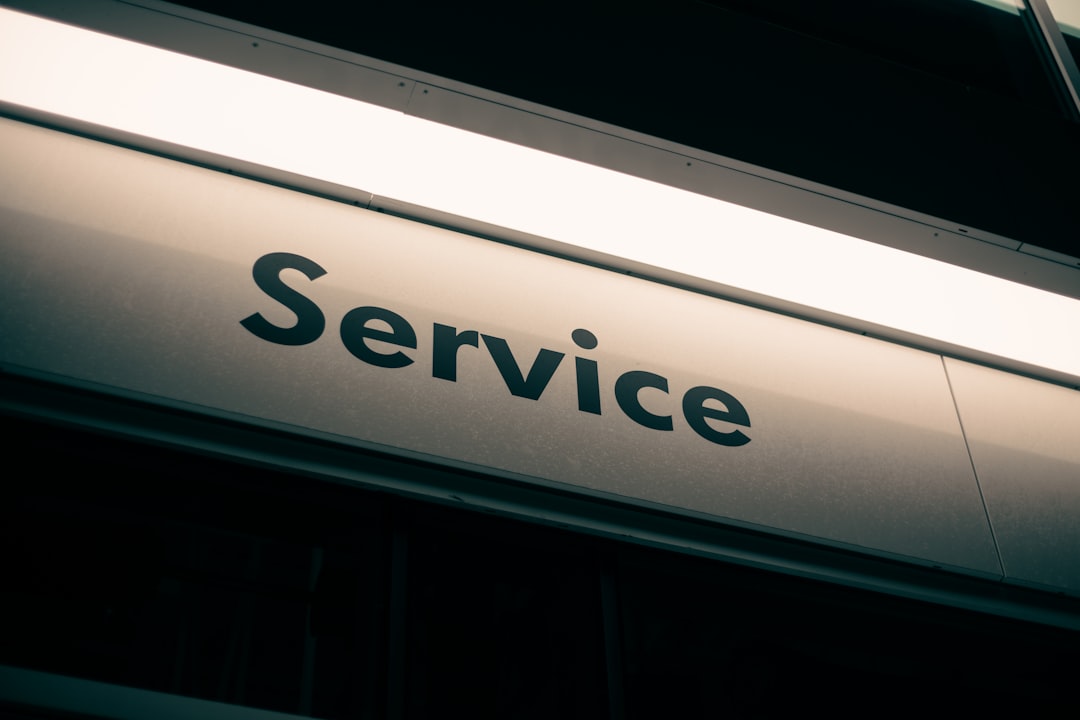
Water damage can take place all of a sudden and can be devastating for property owners and services alike. Whether it is because of all-natural disasters, pipes failures, or even minor leaks, the repercussions can be serious otherwise dealt with promptly. Understanding the water damage restoration procedure can furnish you with the understanding to act quickly and successfully, conserving you money and time while ensuring your residential or commercial property is secure and habitable.
The first step in water damage reconstruction is to analyze the degree of the damages. This entails recognizing the source of the water invasion, be it a ruptured pipeline, roof leakage, or flooding. As soon as the source is attended to, it’s important to review the affected locations. Specialist conservators commonly make use of specific tools such as wetness meters and thermal imaging cams to determine the degree of water saturation in wall surfaces, floorings, and furnishings. This extensive assessment is critical for creating a targeted reconstruction plan.
After assessment, the following stage is removal. Water should be removed quickly to minimize additional damages and to avoid mold development. This is where specialist reconstruction services can make a distinction, using industrial-grade pumps and vacuums created for water removal. The goal is to remove as much standing water as feasible to accelerate the drying out procedure. Adhering to extraction, impacted materials like carpets, drywall, or insulation may require to be gotten rid of, depending on the severity of the damage.
When the area is thoroughly dried out, the restoration procedure starts, which may include cleaning, sterilizing, and repairing affected frameworks. This can entail everything from using antimicrobial solutions to avoid mold and mildew development to restoring wall surfaces and changing flooring. It is necessary to attend to the situation immediately and with the ideal procedures in place to make certain the property’s honesty and security.
In conclusion, dealing with water damages calls for a methodical technique that entails evaluation, removal, drying out, and restoration. While some minor water problems can be tackled by house owners, specialist assistance is usually required for more severe cases to ensure the task is done appropriately and thoroughly. Taking speedy action not only helps recover your residential property, however it can likewise assist stop future problems, safeguarding your investment and giving peace of mind.
